I love American Kodak cameras. I love the way they look and work. Often quirky and counterintuitive—and sometimes downright goofy—many are objects of beauty and time capsules for state-of-the-art, 20th-Century American industrial design and innovation.
I especially love Kodak Ektar lenses. Unlike many lenses in the early-to-mid-20th Century, the Ektar name did not designate a lens formula, but was a brand name ensuring Kodak’s highest-quality manufacturing and highly corrected optical performance. On consumer and military 35mm and medium format cameras—without getting in over my head—Ektar formulas ranged from 4-element Tessar styles, more or less, to 6-element Gauss and even to a 7-element interchangeable for the 35mm Kodak Ektra; maybe Kodak’s most ambitious American-made camera. Early Ektars, such as those on the Bantam Special, the first Medalists and the Ektra, were uncoated—except in some cases ‘soft coated’ on insides of lenses—but around the end of WWII the “Luminized” hard optical coatings would appear commercially, designated by an L in a circle on the lens ring. My own first camera, in 1972 when I was 10, was a Kodak Pocket Instamatic 110, but I doubt my Dad sprung for the top of the line 4-element Ektar version. Ektar brand lenses would continue into the 1980s, with, I believe, the final Tessar-style on two models of the excellent 1986 autofocus Kodak VR35 point-and-shoot, manufactured by Chinon.
I recently shot two different 1953 Kodak cameras with four-element Ektar lenses, both with striking Streamline Moderne designs that were simultaneously futuristic and retro for the time: the 35mm Signet and the 6X6 Kodak Chevron. Both cameras look as though they might have been cobbled together with remnants from a WWII plane factory, but are actually heavy duty, durable, solid aluminum bodies with DNA from their military design parents, the Kodak Medalist and Kodak 35, such as large controls for use with gloves in harsh conditions and accessible innards for field servicing. I purchased both separately from e-Bay, which is somewhat rare for me, but they each caught my attention for their seemingly excellent cosmetic condition. The Chevron was in its original box, and the Signet had a very clean ever-ready case. I had no expectation of either camera working properly—as I never do with 70-year-old cameras—and I was not pleasantly surprised when each arrived.
The Kodak Chevron
Had I looked closer at the e-Bay pictures of the Chevron, I wouldn’t have bought it. One strap lug was slightly bent, the accessory cold shoe modification had one channel broken off, and a film door side-latch was too loose to be reliable. The coupled, non-integrated rangefinder was working but dim, there was gunky black grease in the helicoid grooves, and the shutter was sticky. Fortunately, I was able to quickly identify a nearly exact cold shoe replacement on a Retina IIc in my parts bin, and swapped it out for a perfect fit. I removed the camera top and successfully cleaned all interior viewing glass, where I noticed the strap lug was attached to an interior post and probably better not messed with, so I left it bent rather than broken. I was able to remove and re-tension the door latch spring and reassemble as designed, and clean and re-grease the helicoid with white lithium. The Synchro-Rapid 800 double shutter was the final hurdle. It is very complicated. Although I do have a Kodak repair manual for the shutter, I fully disassemble it (as militant camera repair gurus would insist). Instead, I removed both lens groups front and back, and gently cleaned all shutter leaves, front and back, with two natural Sable artist brushes and NAPTHA solvent (lighter fluid) over the course of a few days, firing the shutter at all speeds multiple times in between. And it worked. So far (if it stops working again, I’ll send it off for servicing). I also cleaned all the lens surfaces.
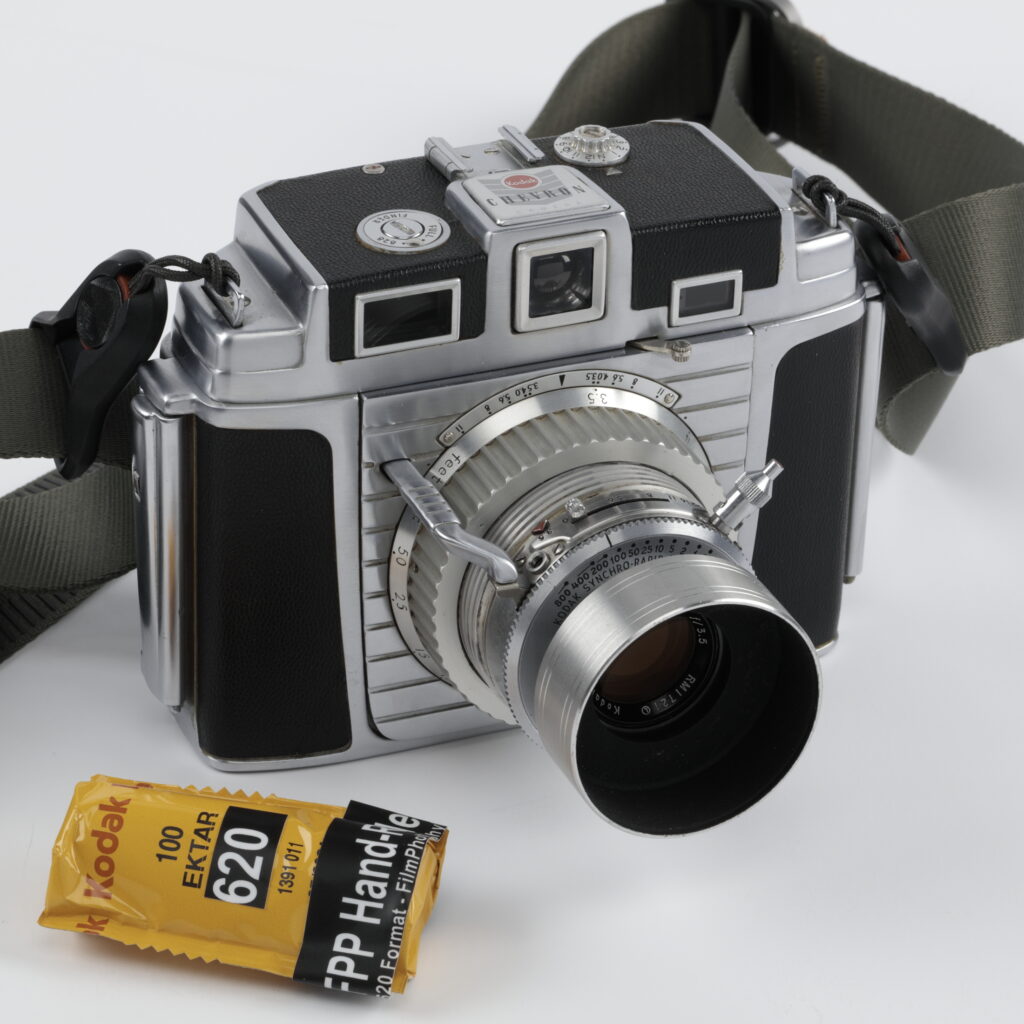
The Kodak Signet 35
The Signet 35 was better looking in person. One reason I bought it was it still had it’s ASA bayonet flash sync cover, the little beehive shaped metal cap. You don’t see too many of those, so I figured the camera got used little. The Signet 35 was a bit easier to work on and clean and adjust the rangefinder, but the shutter was sticky as well. I planned a full CLA on it, which would my first actually, but simply could not remove the shutter retaining ring from the inside back. So I settled for a partial again and got into the shutter while still on the camera instead. It was quite clean really, and some fine brushes with NAPTHA on pivots here and there got it working again at all speeds. For now.
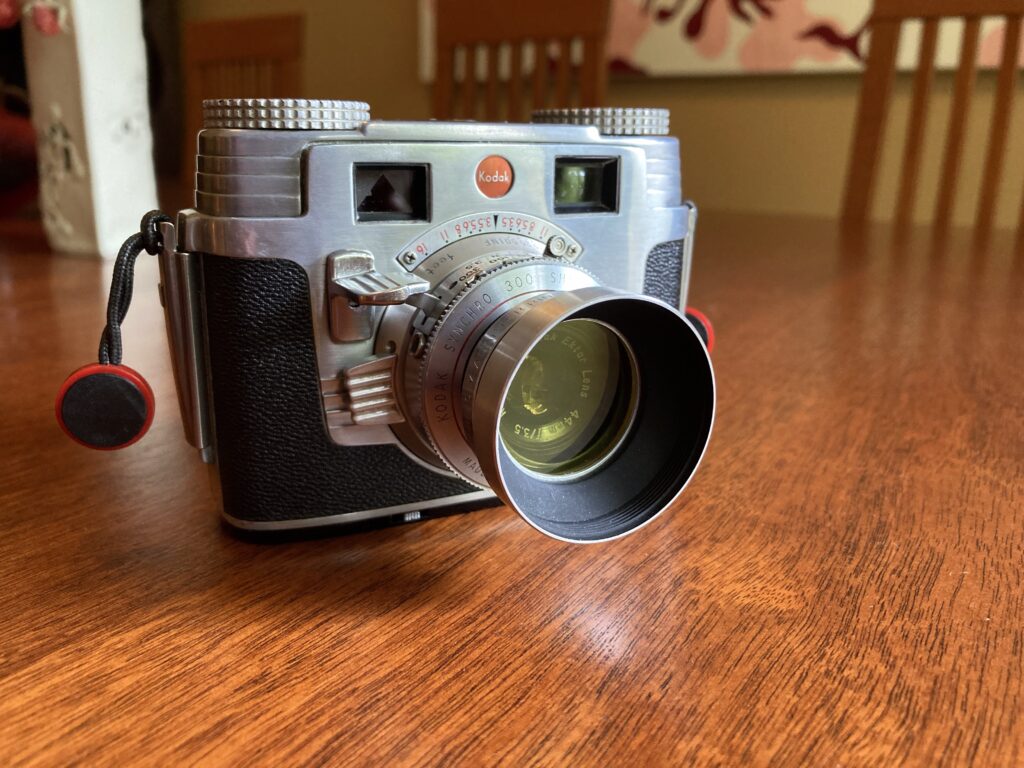
I chose different films for each—color Ektar 100 for the Chevron and B&W Ilford Delta 100 for the Signet. I have found color Ektar too difficult to re-spool for 620 as the paper backing has a glossy feeling similar to the film itself, so I purchased it pre-rolled from the Film Photography Project instead. I outfitted both cameras with hoods, and added a yellow filter to the Signet to darken the blue skies and add contrast. I loaded them into my favorite small Kodak bag with just enough room for the two cameras and a few accessories. I took both cameras out to favorite stomping grounds around Durham, North Carolina, but also packed the Signet 35 along on a work-related photo shoot at Wrightsville Beach, NC.
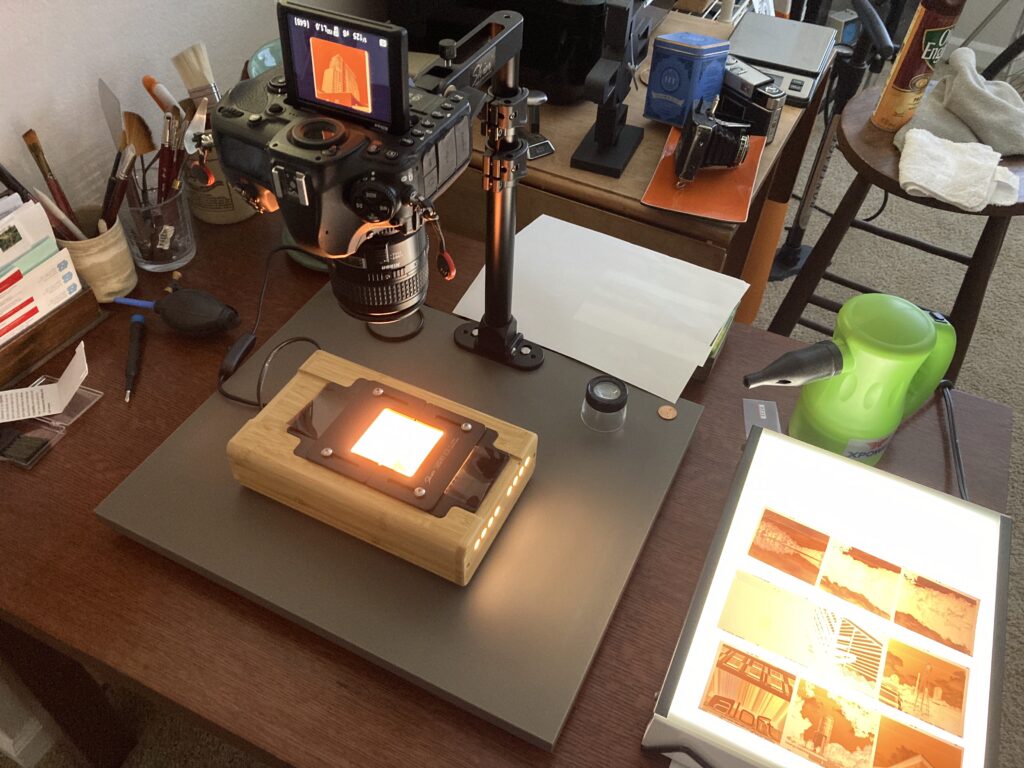
I sent the film off to The Darkroom in California for processing and scanning, but for the first time, they made a mistake and scanned my Chevron color shots at low-res only. Although they immediately offered to re-scan them, the negatives were in the mail already, so I decided to use my own Nikon D850/Skier scanning setup when they arrived to finally get a color scanning process down, and I was quite happy with the results. (Eventually, I plan to process my own film, but my apartment is too crazy now to take on anything else!) The following images are the result.
Six shots from the Kodak Chevron, Kodak Ektar 100 film

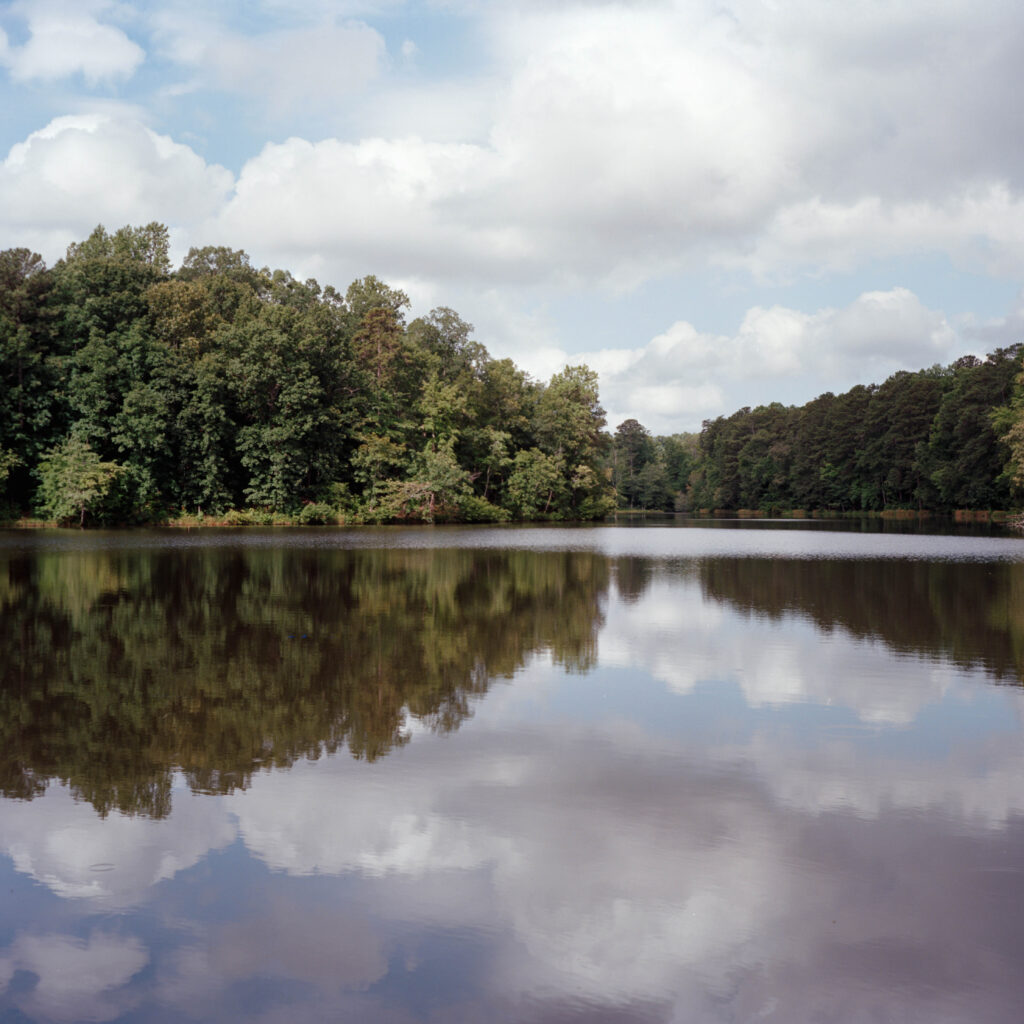
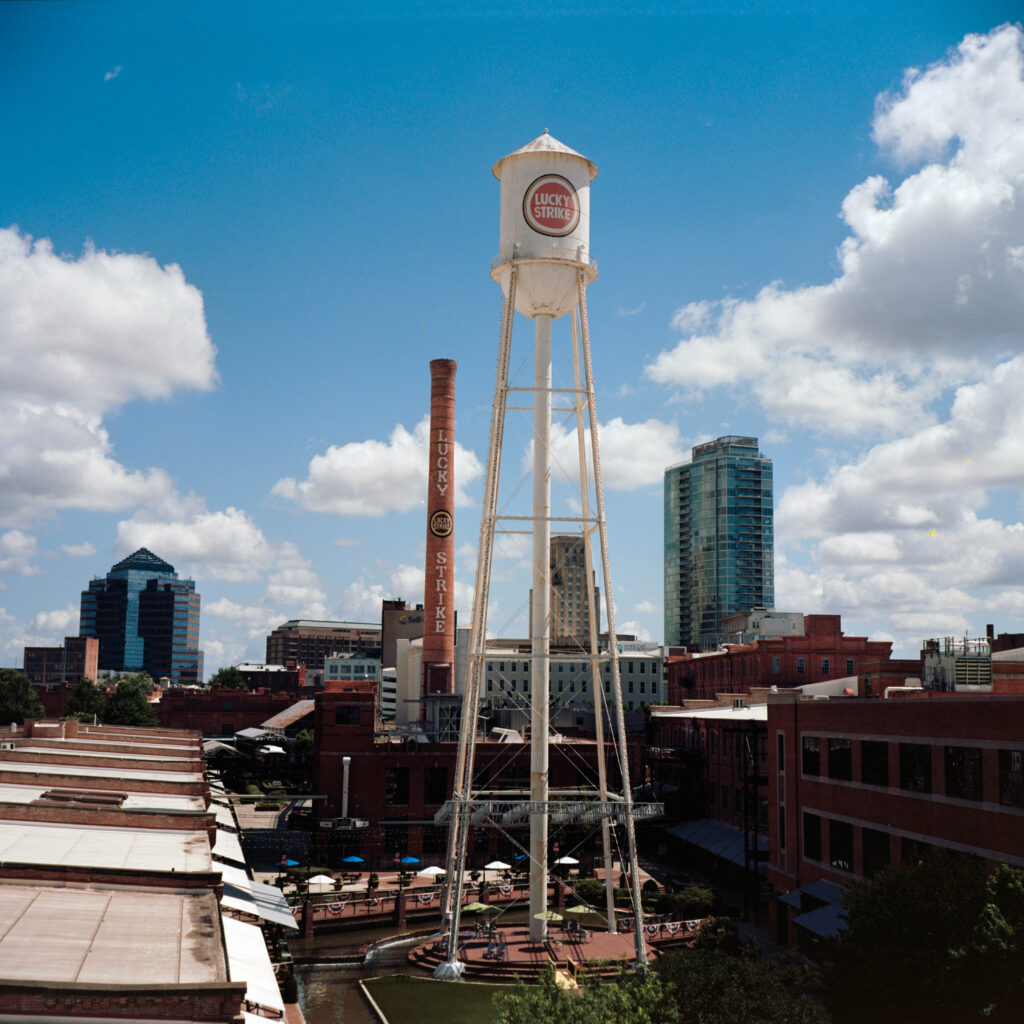
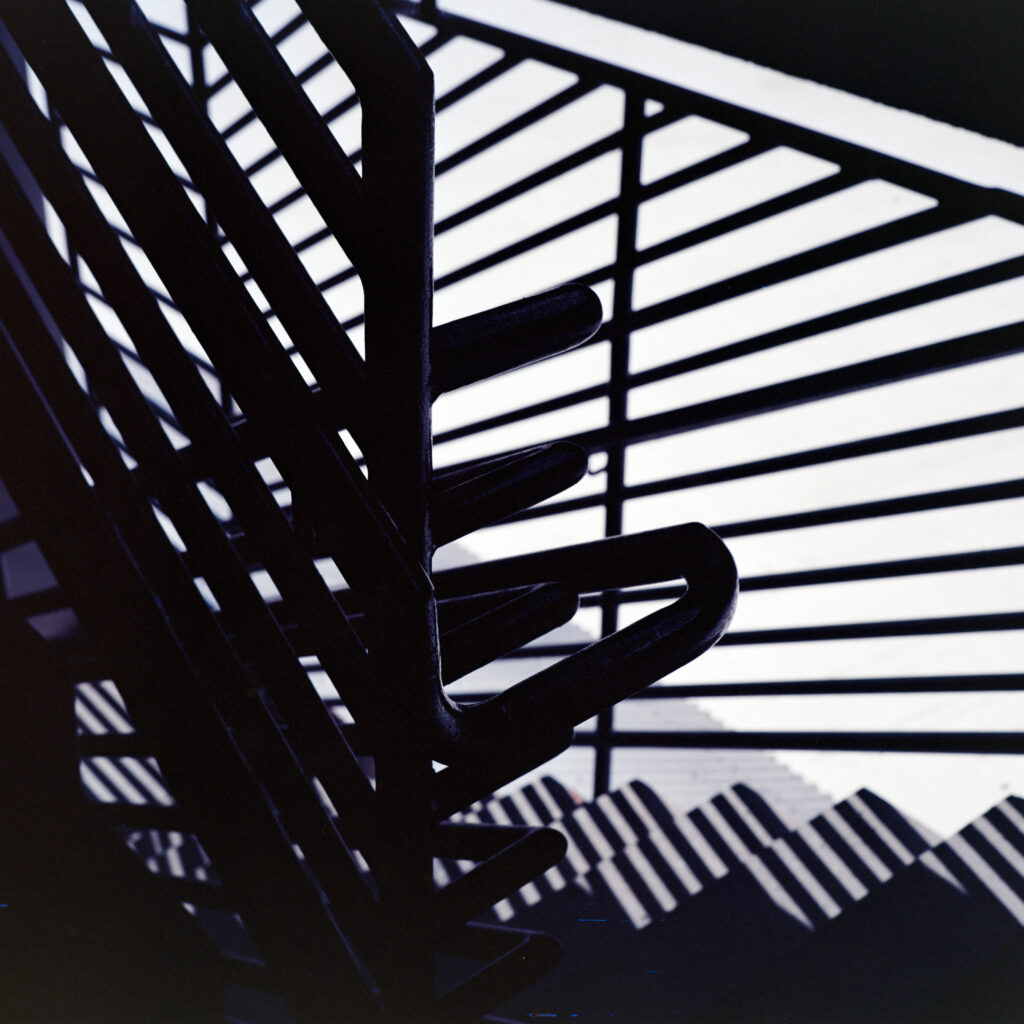
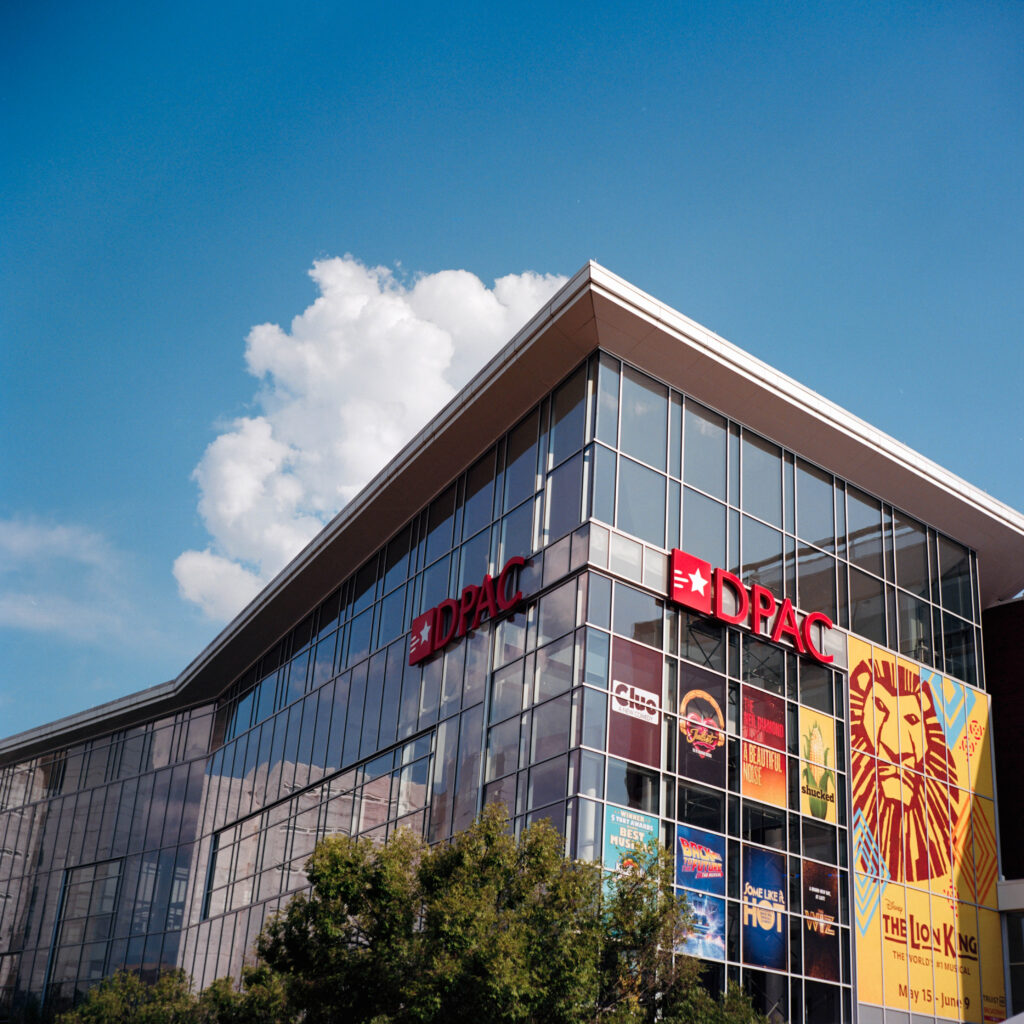
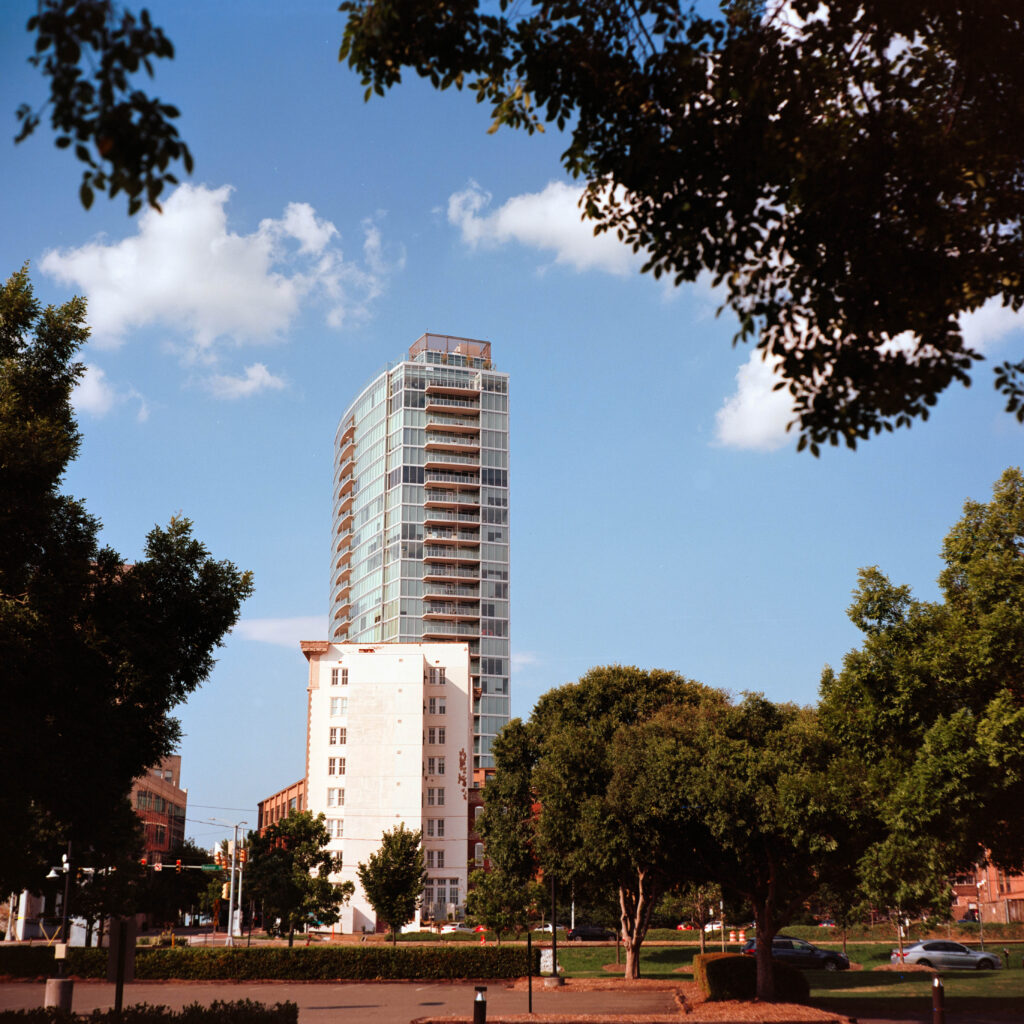
A few frames from the Kodak Signet 35, Ilford Delta 100
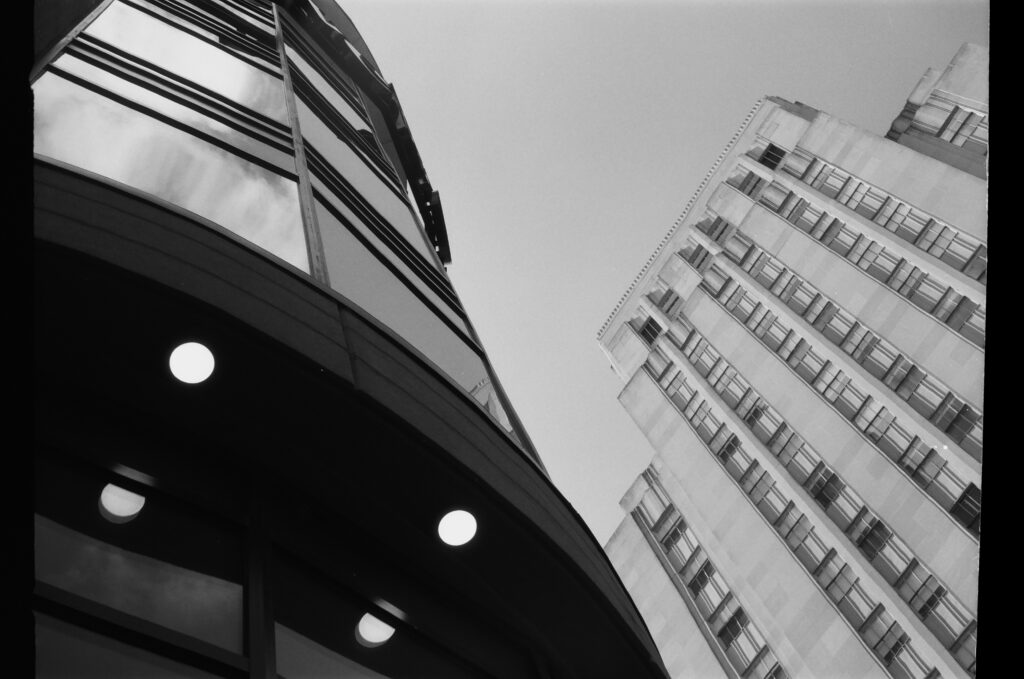
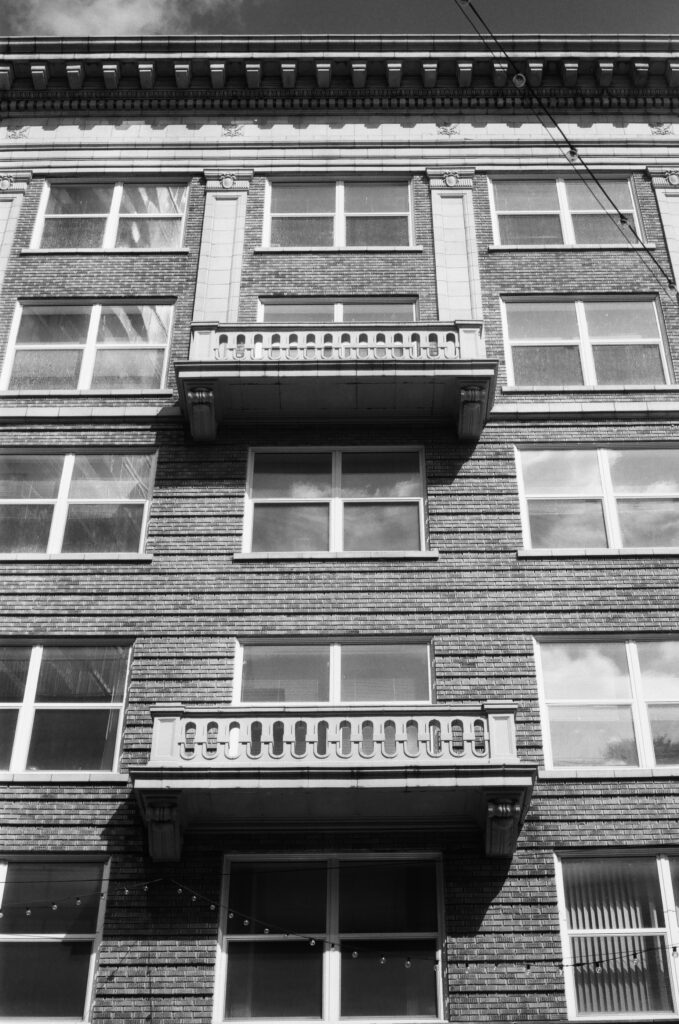
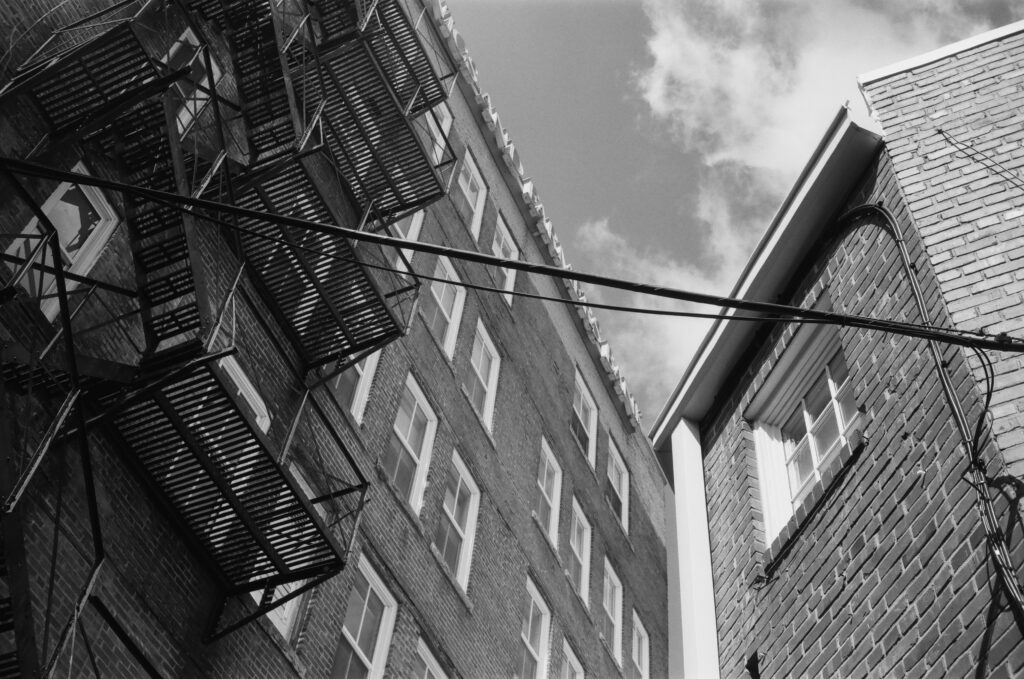
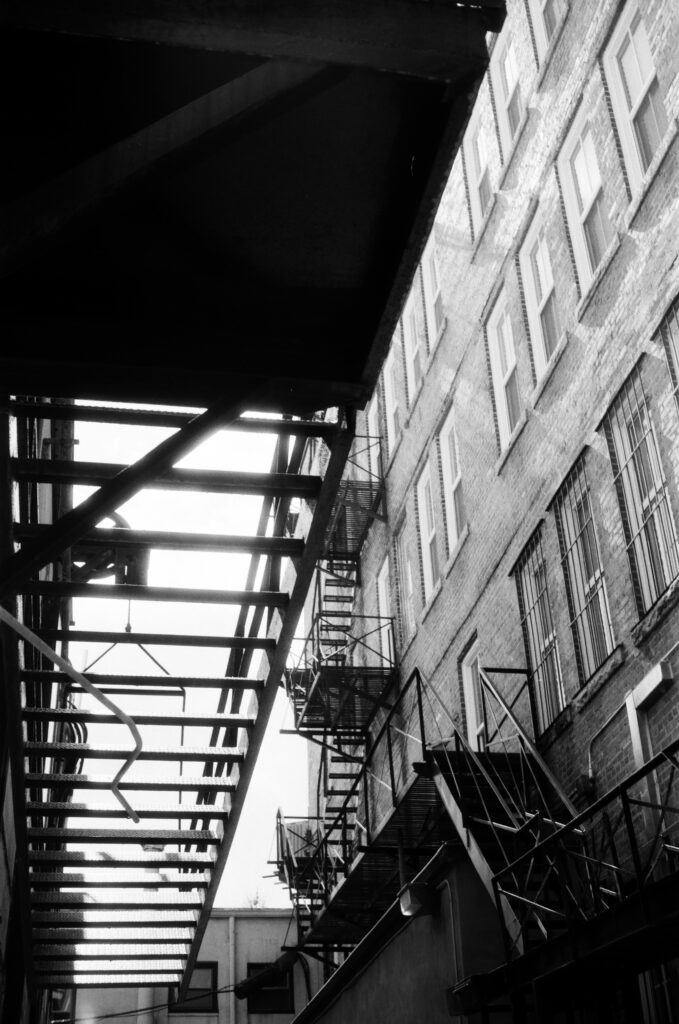
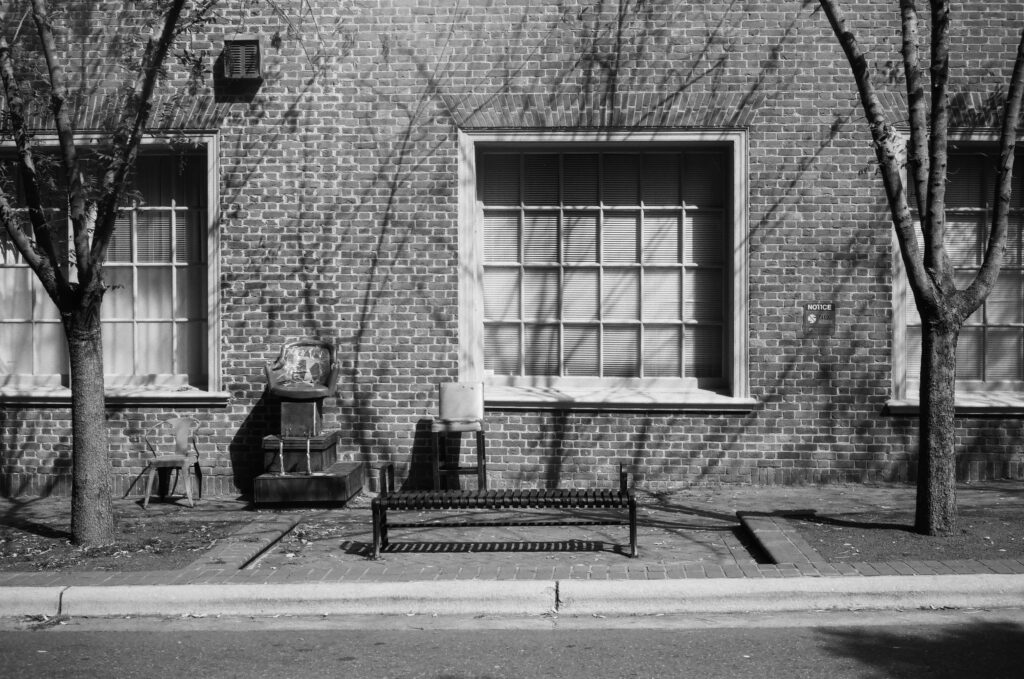
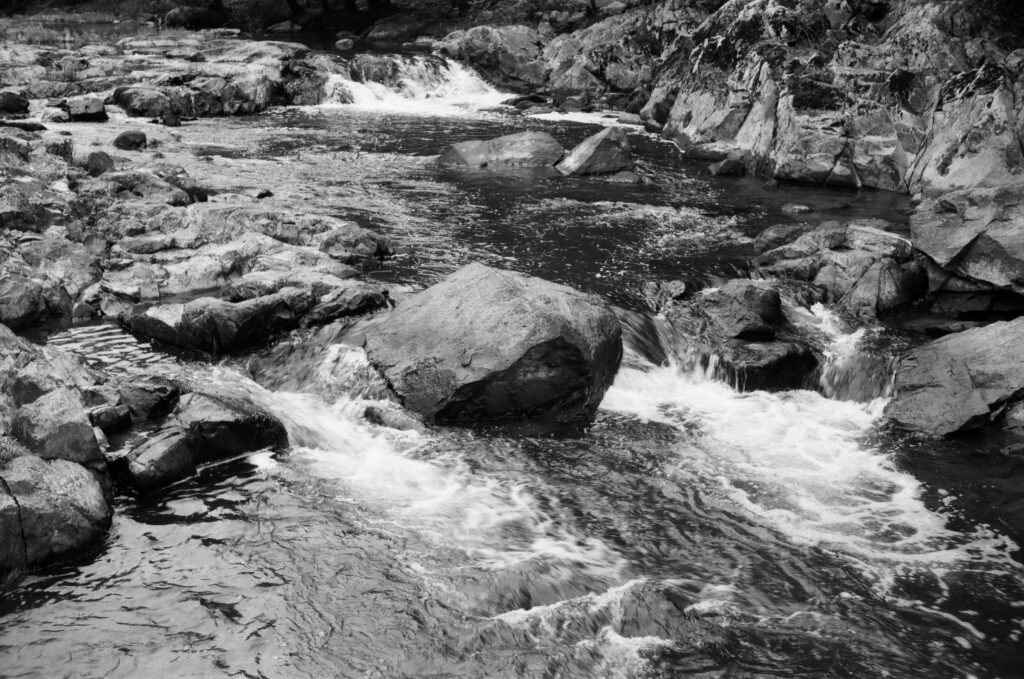
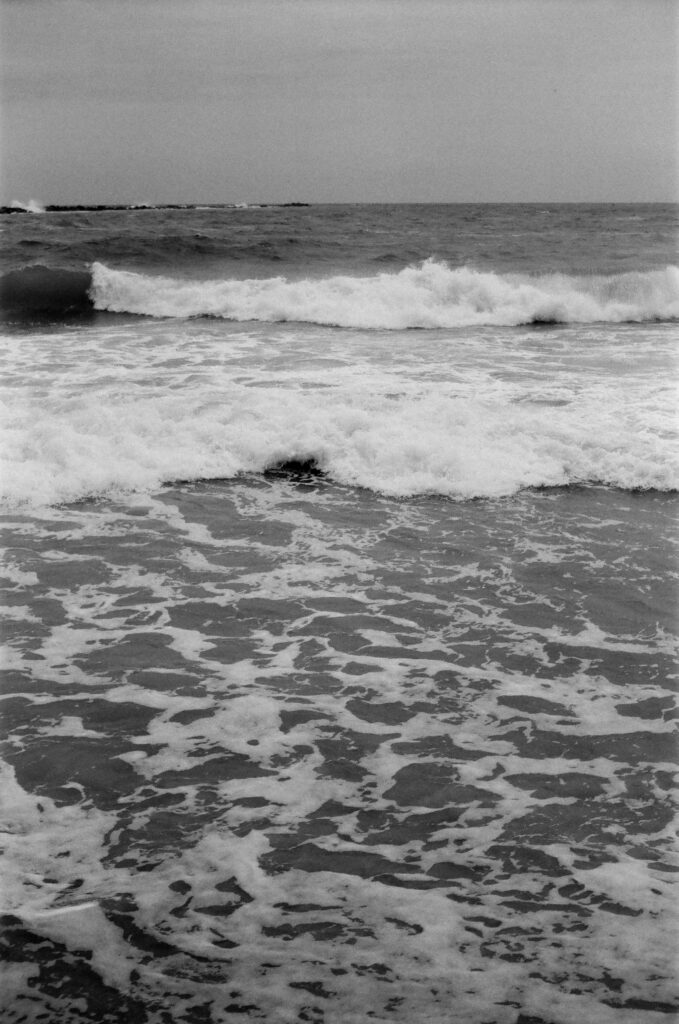
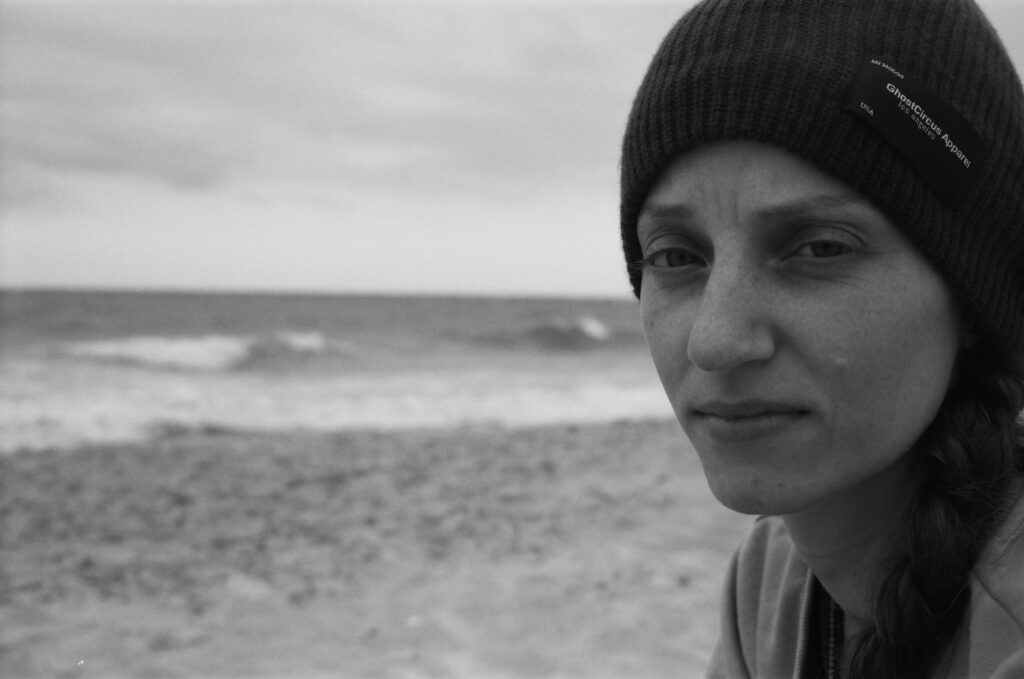
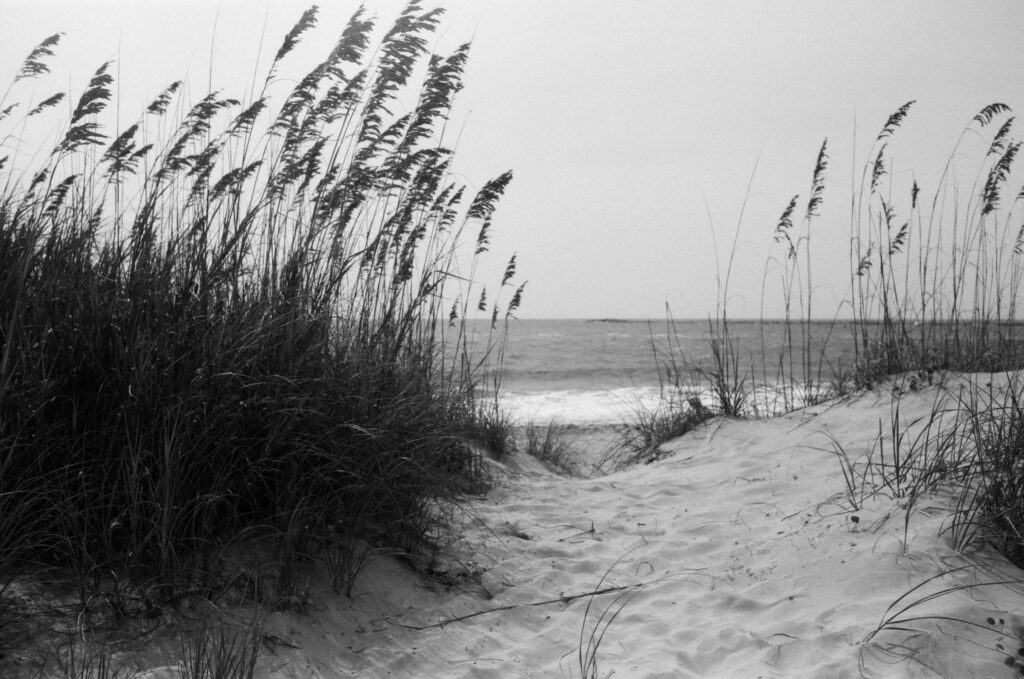
 Final thoughts
Final thoughts
I enjoyed shooting both cameras. They were easy to use with a few quirks, but the Chevron was especially a joy. It was heavy, but comparable to a Zeiss Super Ikonta or Rolleiflex in that regard, and it has a couple unique functions to consider. You need to press the left-front ‘film advance release lever‘ under the small window to free the advance lever on the back right, then crank the advance lever with your right thumb multiple times until it stops to set the next frame.
The only complaint I have with the Chevron is, as with its Medalist predecessors, the non-integrated rangefinder means you need to focus in one window and compose in another—which makes it very easy to forget to focus at all. And although the Signet 35 rangefinder is smartly integrated with an easy-to-use triangle patch, the front shutter release is positioned too closely to the rangefinder window—and inevitably my forefinger blocked the view. Also, I prefer more slow speeds than the Signet 35 offers (25 being the slowest before B). But such shortcomings serve to slow me down for a more mindful experience.
https://www.stewartwallerphotography.com/
https://www.instagram.com/stewartwallerphotos/
https://www.facebook.com/stewartwallerphotography
Share this post:
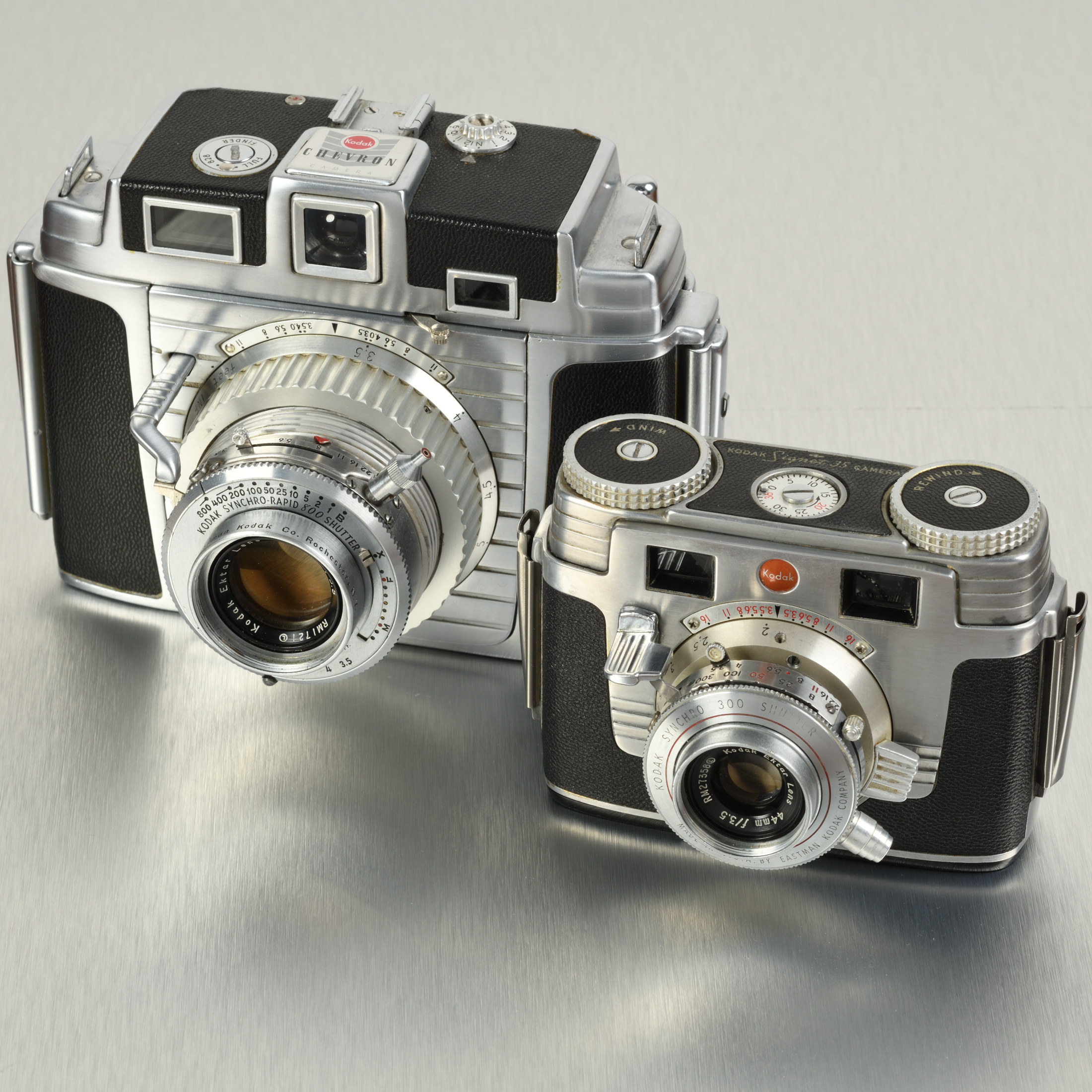
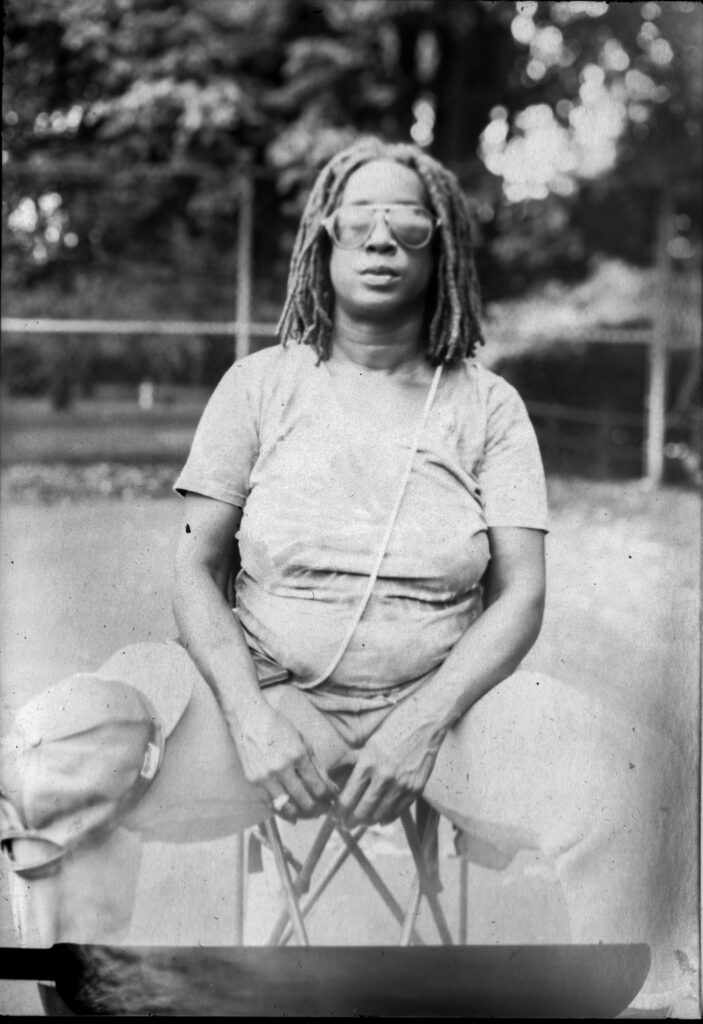
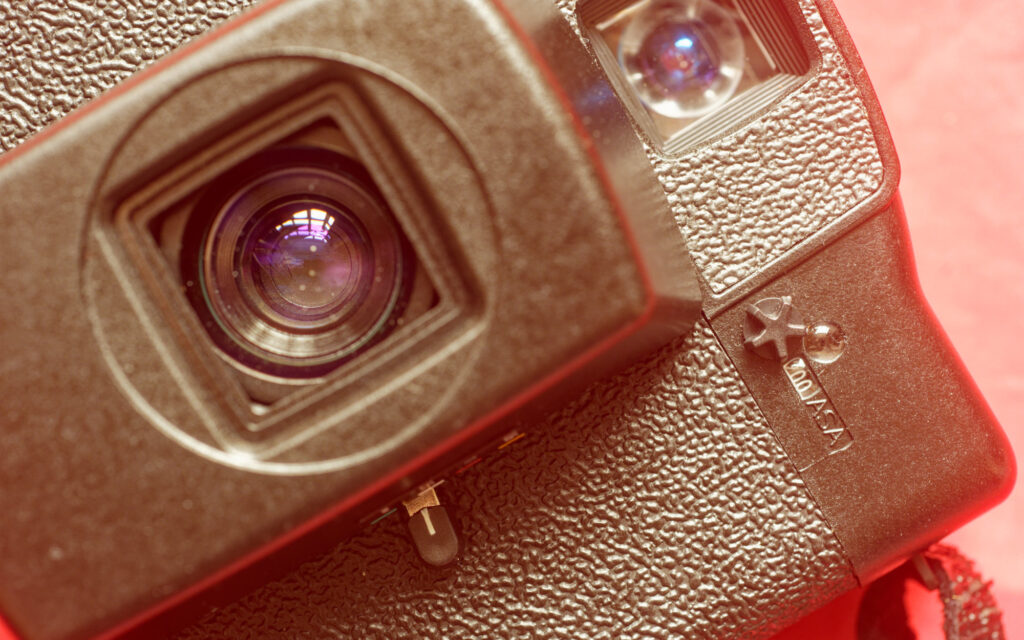
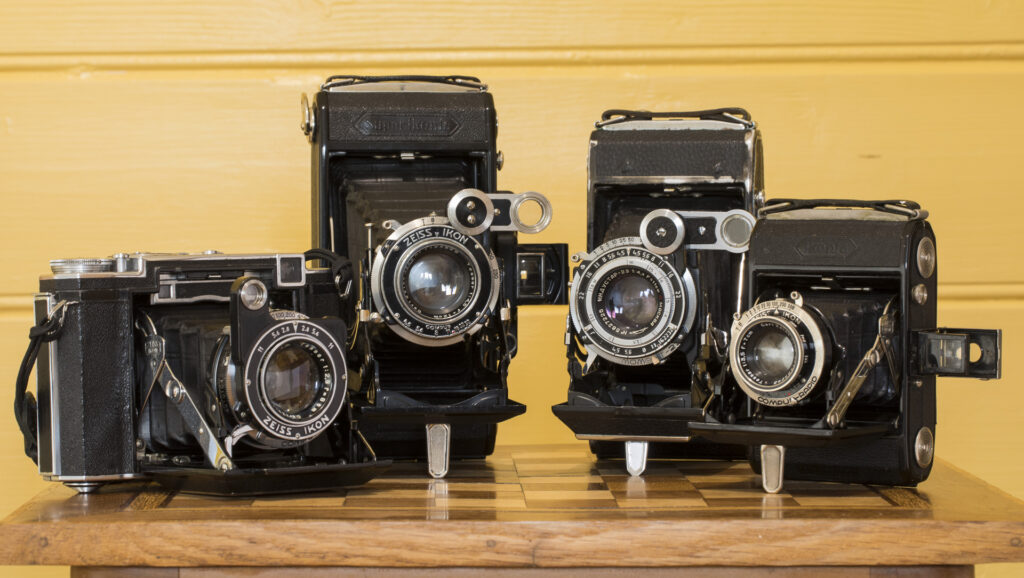
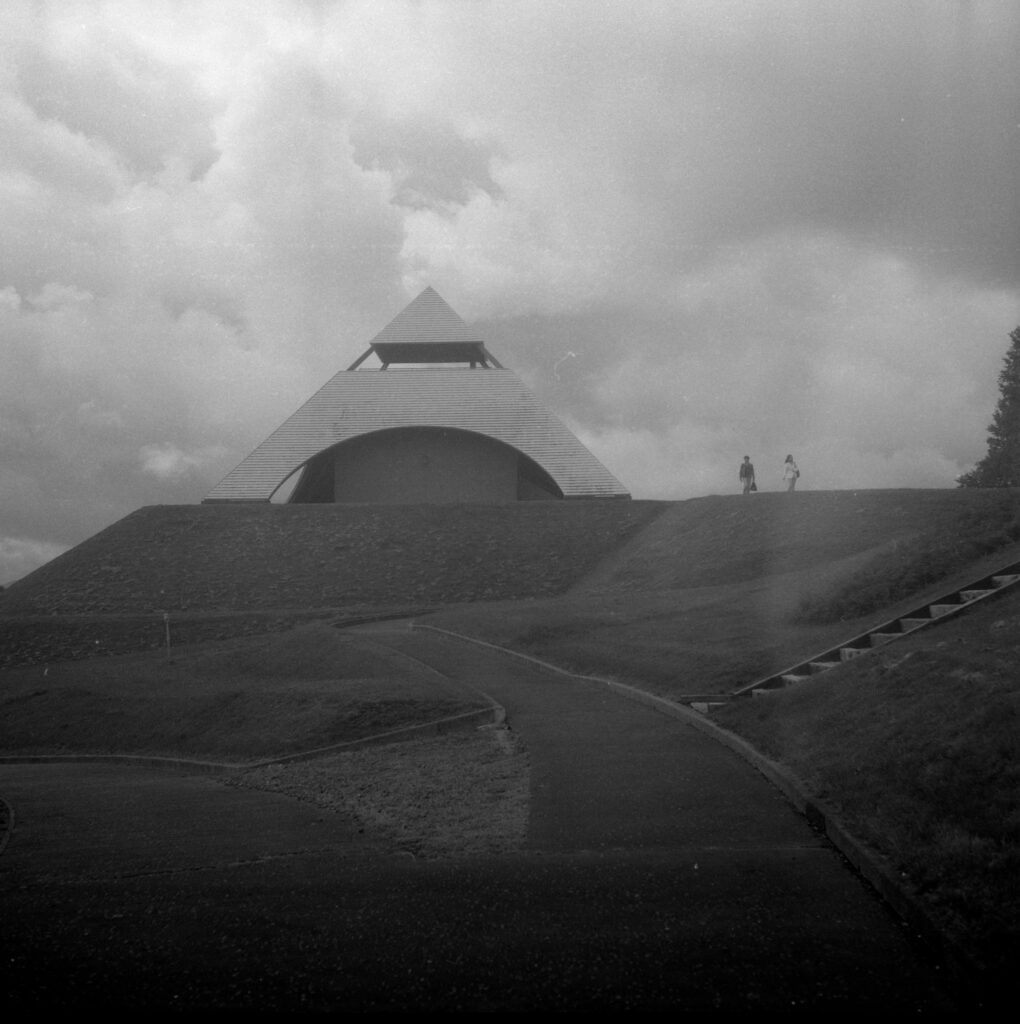




Comments
Tom Perry on Kodak Chevron and Signet 35 – Birds of a Feather Shot Together
Comment posted: 24/01/2025
Comment posted: 24/01/2025
Luke Kenny on Kodak Chevron and Signet 35 – Birds of a Feather Shot Together
Comment posted: 24/01/2025
Comment posted: 24/01/2025
murray on Kodak Chevron and Signet 35 – Birds of a Feather Shot Together
Comment posted: 24/01/2025
I have given up on shutter repair... it usually results in a shutter spare parts supply chain for me.
I did clean a Signet 35 years ago & shoot one roll... sitting in my bag of exposed film I keep procrastinating.
I bought a 35RF last year to replace one I screwed up even more years ago.
Lastly, I had two Medalist 2's CLA'ed & one 620-120 half-conversion completed... my DIY conversion worked but occasionally backing paper would tear. One has the cut film back & several holders.
So I understand the habit.
Curtis Heikkinen on Kodak Chevron and Signet 35 – Birds of a Feather Shot Together
Comment posted: 24/01/2025
Comment posted: 24/01/2025
Russ Rosener on Kodak Chevron and Signet 35 – Birds of a Feather Shot Together
Comment posted: 24/01/2025
Comment posted: 24/01/2025
Gary Smith on Kodak Chevron and Signet 35 – Birds of a Feather Shot Together
Comment posted: 24/01/2025
Your scans are beautiful! Did you use a dedicated s/w to do your color inversions? I just purchased Film Lab to do my first roll of color.
I may need to add a copy stand and all the rest so I can do 120 here (I'm currently using a Valoi Easy35).
Thanks for your article!
Comment posted: 24/01/2025
Paul Quellin on Kodak Chevron and Signet 35 – Birds of a Feather Shot Together
Comment posted: 24/01/2025
Comment posted: 24/01/2025
Daniel Castelli on Kodak Chevron and Signet 35 – Birds of a Feather Shot Together
Comment posted: 25/01/2025
Comment posted: 25/01/2025
Scott Ferguson on Kodak Chevron and Signet 35 – Birds of a Feather Shot Together
Comment posted: 25/01/2025
Very cool article, which brings back memories for me. I grew up in a somewhat downwardly mobile family in Western PA. My dad had some older cameras from an earlier more prosperous time, and let me use them. My first camera was a strange 35mm half frame Mercury that had a rotary metal shutter that was famous for being the fastest shutter in its heyday, but otherwise had little to recommend it. Later in my teenage years, he let me take out his prized Medalist II, which looked like it should be on the nose cone of a WW2 surveillance plane (and probably was). While my dad seemed to think the Medalist was the best camera in the world when he bought it in the 50's, I was kind of embarrassed toting that giant hunk of metal, leather and glass around next to the cool kids with Nikons. But it actually took amazing photos; the Ektar lens was super sharp, and the range finder was pretty easy to use and very accurate. I'm not sure what happened to the camera itself, but I still have a few prints from photos I took with it. While I'm kind of happy shooting with a German 35mm and a Swedish medium format camera now, I salute you for reviving those cameras from the era where America was still competitive on the world stage in terms of camera technology.
Comment posted: 25/01/2025
Comment posted: 25/01/2025
Jeffery Luhn on Kodak Chevron and Signet 35 – Birds of a Feather Shot Together
Comment posted: 29/01/2025
Great article! Thank you. Those cameras are so fantastic to see. Such an expression of period art.
Comment posted: 29/01/2025